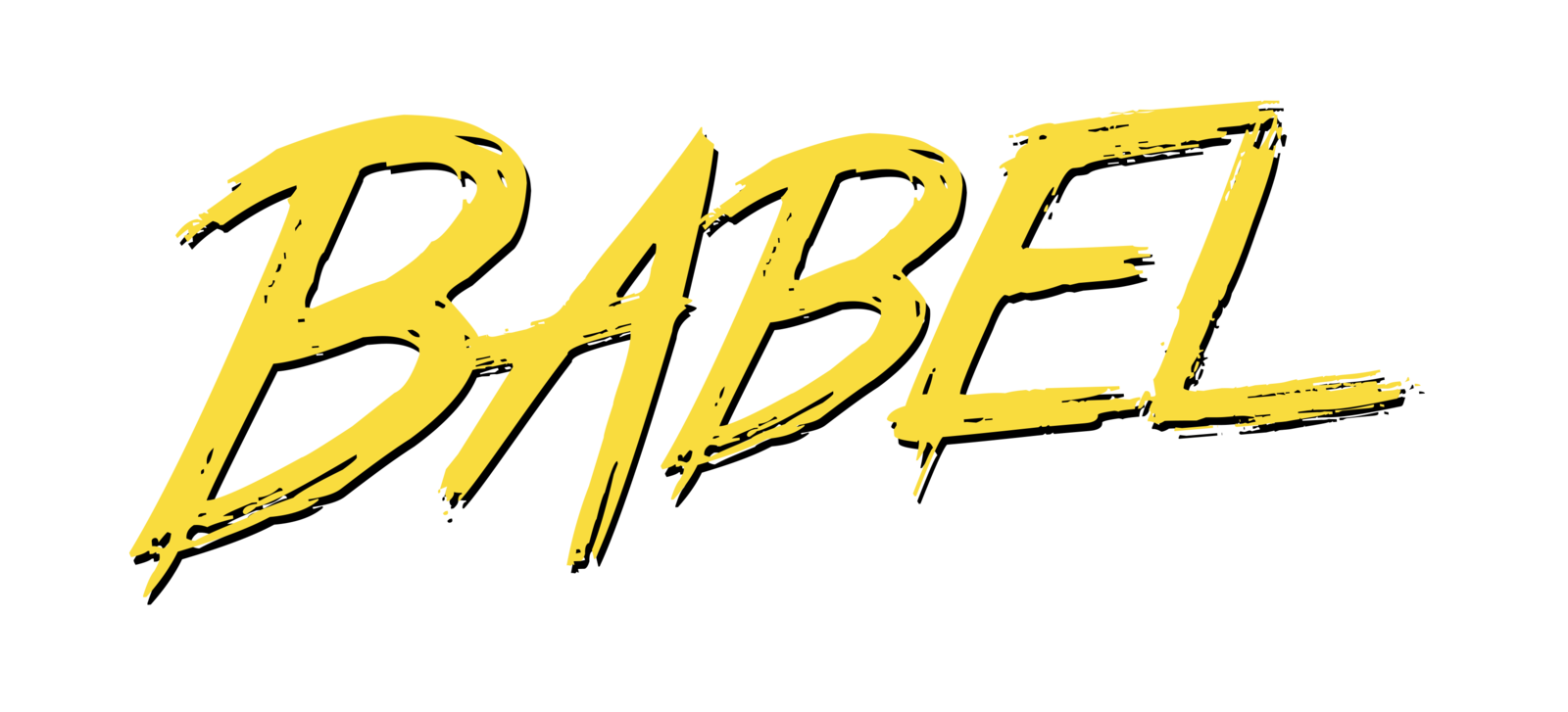ECMAScript 6 Architecture Workshop
What is it about?
- Setting up a project from 0 step by step
- Keep the application minimalist and only add what it's needed
- Create decoupled and reusable code that it's simple to read and understand
- Use modern libraries for linting, transpiling into cross browser supported JavaScript
- Structure your application using small reusable modules
- Keeping the application free (not locked into a certain design pattern unless you need something)
- Keeping same concept no matter of the chosen technologies (the presented ones can be replaced with others)
Part of architecture: Choosing Technology and following software engineering laws and best practices
What cannot be changed
JavaScript v. 5
IE8/9?
+
The nice part
Maintainability
Small units of code
unit tested
Reusability of components
Easy to understand code, simplicity
Traceability of the system
Determine Input & Output for each unit
things that you can choose
Writing Javascript vs transpiling into browser supported Javascript (ECMAScript 5)
"Compiled apps now match or beat handwritten JavaScript"
from The Register Jan 2014 (long time ago)
Now in summer 2015 ...

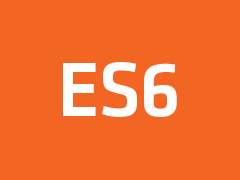



Transpiled programming:
The programming language
All try to solve some problems or to enhance JavaScript v. 5 to be better:
- in maintainability breaking units easier,
- enhance reusability,
- to have new features to handle asynchronous operations
- to access easier more already developed packages and libraries ... and more
ES6 (chosen) technology + infrastructure

Start with only what it's needed and add as it goes! (no yeoman needed)



Deciding the infrastructure specific around ECMAScript 6:
what we need:
- transpiler
- package manager
- build tool
- a way to use node.js packages
+
Deciding the larger infrastructure tool
- Operating system that supports node.js/npm
- Code editor that supports autocomplete/code linting/ run tests
- Unit test library and setup
- Versioning tool like git
- Remote repository github/gitlab/bitbucket
- Code Editor configs and decide a coding standard
This tool save time and provide a better life to the developer :) !
Start setup
Setup NPM and project description
NPM: 1. package.json
npm init
package.json contains both development modules and devDevelopment modules used to build the application
create packge.json:
eslint (supports es6 linting)
touch .eslintrcnpm install eslint -g{
"env":{...}
"ecmaFeatures": {...},
"rules":{...}
}Setup linting
rules can be airbnb style but let's start simple
{
"env": {
"es6": true
}
"ecmaFeatures": {
"modules": true
}
}es6!
Setup unit tests
touch mocha.opts--require babel/registeres6!

4. to run example unit test from npm:
#file: package.json
#considering a test directory exists where the
#package.json is located with a spec inside
"scripts": {
"test": "mocha --reporter list"
},1. setup with babel to transpile the code into javascript v. 5
5. run test
#from the console
npm test2.install babel module
npm install babel --save-devnpm install mocha chai --save-dev3.install mocha & chai modules

what is chai? assetion library that support assert, expect and should and works amazing with mocha
Start development
Requirement: build a basic example of a shopping cart application!
What do we need to start?
Choose the tools to enable us to obtain reusability, maintainability and focus on what we need to deliver!
1. reusable components
could be simple handlebars templates, or ES6 template strings
or isomorphic virtual dom diffing frameworks depending on the project complexity
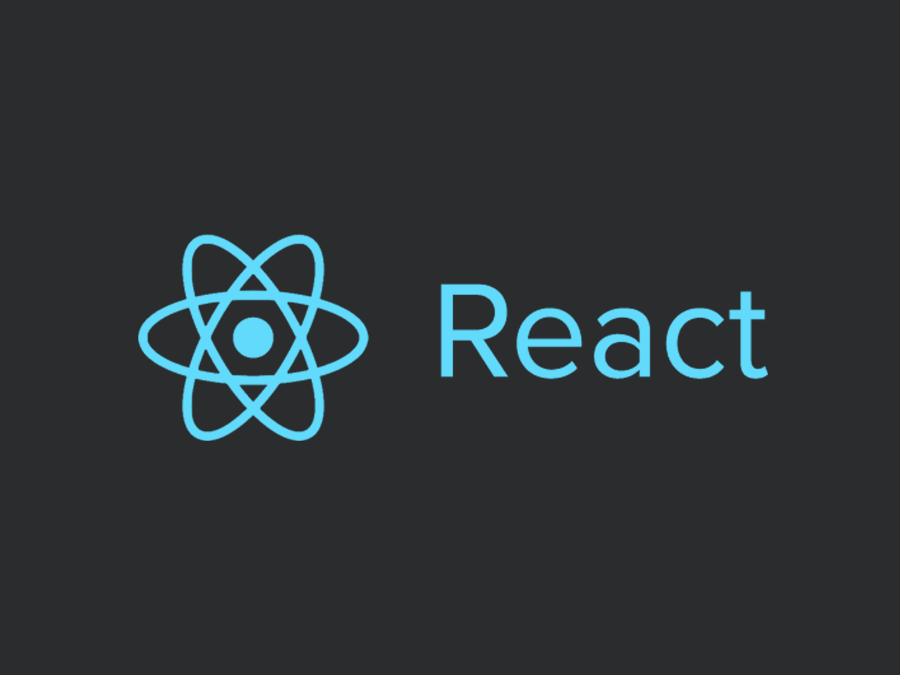
let's go for something cool!
component
Input:
data
we don't care at this point where the data comes from: could be server calls could be localstorage, user interaction
Output:
html markup
could be svg, mobile app tags something that can be rendered and displayed!
The idea is the same:
2. states: components communication
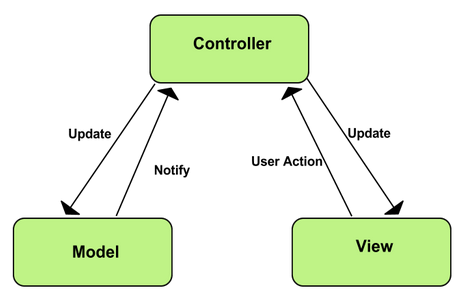
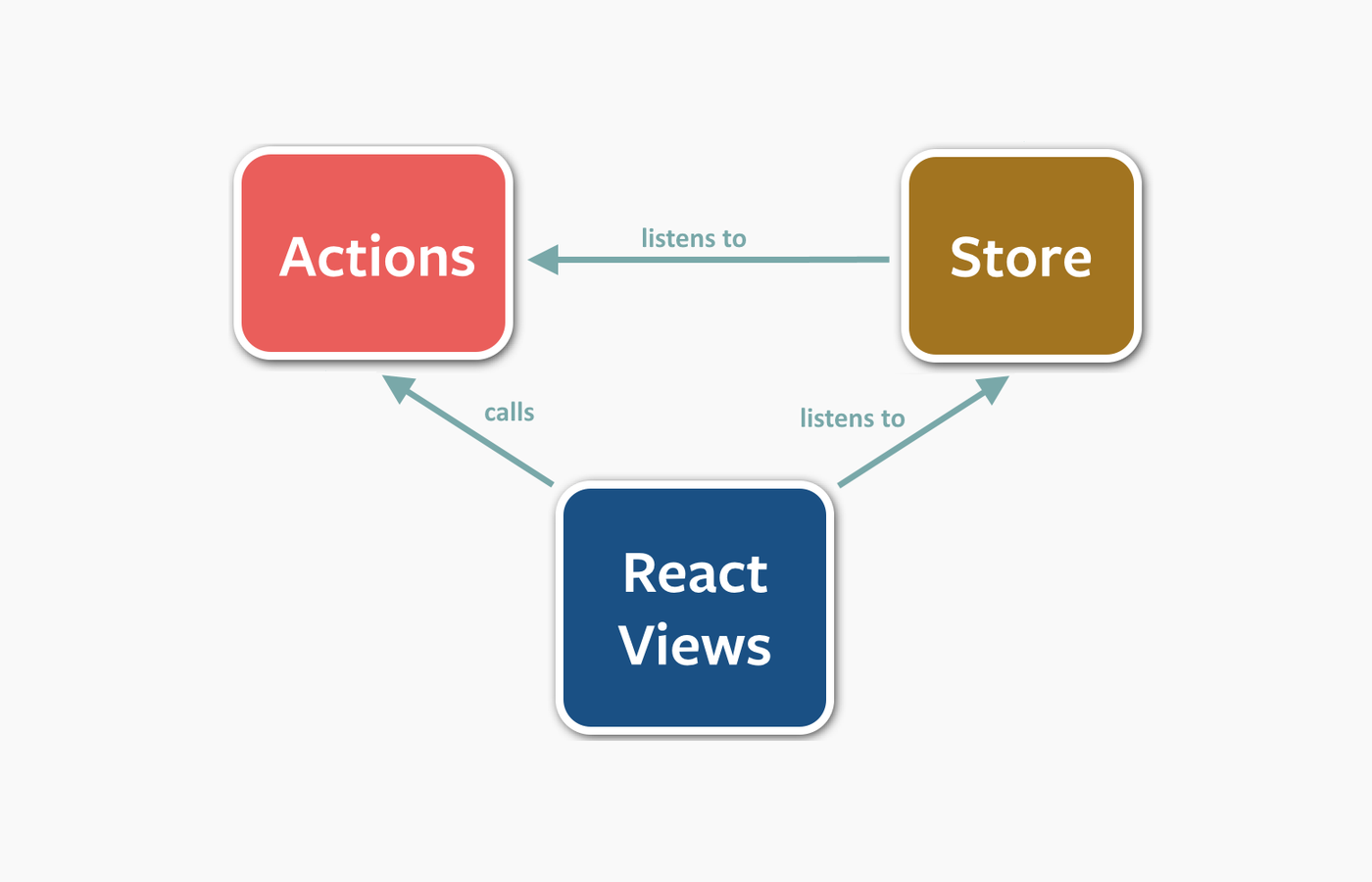
start minimalistic ! (only what you need now)
flux / MVC introduce complexity and the architecture can get locked into a certain technology / framework that we don't need from the start
describe the states and use a central data structure as a channel of communication between components:

Start with baobab.js
How do we start? Time to code
- create main application entry point
- make initial build process to transpile es6 and store it into a public/compiled directory using
- create the two initial components and render them on the page
- create initial data structure with initial states
- add shopping cart service that talks to the data structure
- unit test the components

The System
basket component
productList component


{data}
baobab
shoppingCart service
- Components are decoupled and they only communicate with the service that changes the central state of the app!
- Both the components and the service can be independently unit tested
- Anything that alterates the data structure will trigger a state change in components
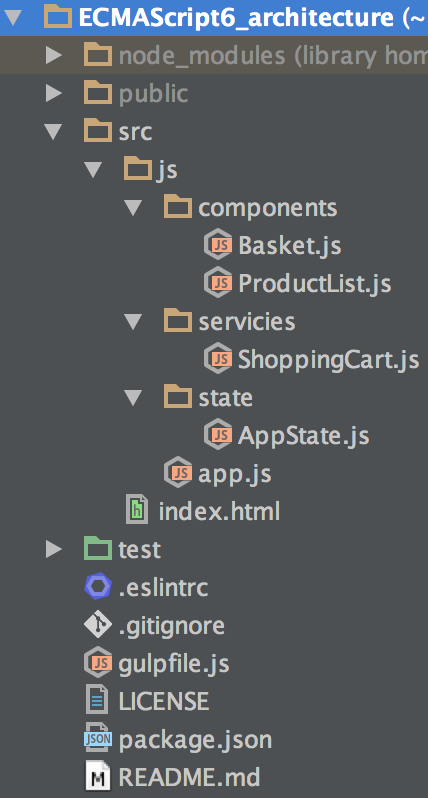
file/directory structure
The entry point
app.js!
- top of the tree
- single point that interacts directly (without virtual-dom) with the DOM
- renders the two React components
'use strict';
import React from 'react';
//react components
import BasketComponent from './components/Basket.js';
import ProductListComponent from './components/ProductList.js';
React.render(<BasketComponent />, document.getElementById('basket'));
React.render(<ProductListComponent />, document.getElementById('product'));es6!
The Component
basket
component

- Determine component boundaries, what belongs and not to the component
- Establish data, actions and behaviour of the component
data are basket items: getInitialState method actions to remove an item: removeItemFromBasket custom method listeners when the component should re-render/update state componentDidMount method
- Determine what to render the JSX format that will output the final markup
The service
Contains the additional processing of data and manipulates the central data structure
linked with the data structure by baobab cursors
let shoppingCart = {
addItem (item) {
cursors.basketItems.push(item);
},
removeItem (item) {
cursors.basketItems.splice([this.items().indexOf(item), 1]);
},
items () {
return cursors.basketItems.get();
}
};Outputs clear and unit tested methods which components will rely on
shoppingCart service
The State
The heart of the application
===

Amazing baobab library
It is a data tree! Let's start with one and try to keep only one instance unless the application turns crazy in complexity
Why not react-baobab ? why not react + baobab + flux?
They are awesome libraries but let's start simple, and you might realise you might not need them or if the application grows in complexity they are easy to add in as mixins or a dispatcher
Conclusion
Understand your code! Make others understand it!
- Use modern tools like ES6 as it is available now and it is the official evolution of ECMAScript
- Start simple from 0 no initial scaffolding tools are needed as will modern build tools you can setup an initial production ready environment in minutes
- Use small frameworks or single purpose frameworks as data tree or a virtual dom component framework and not a major framework at the beginning as could lock you in a certain state of mind
- Use NPM to get small modules and easy to replace when the case
